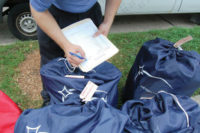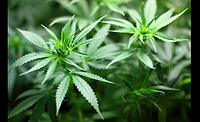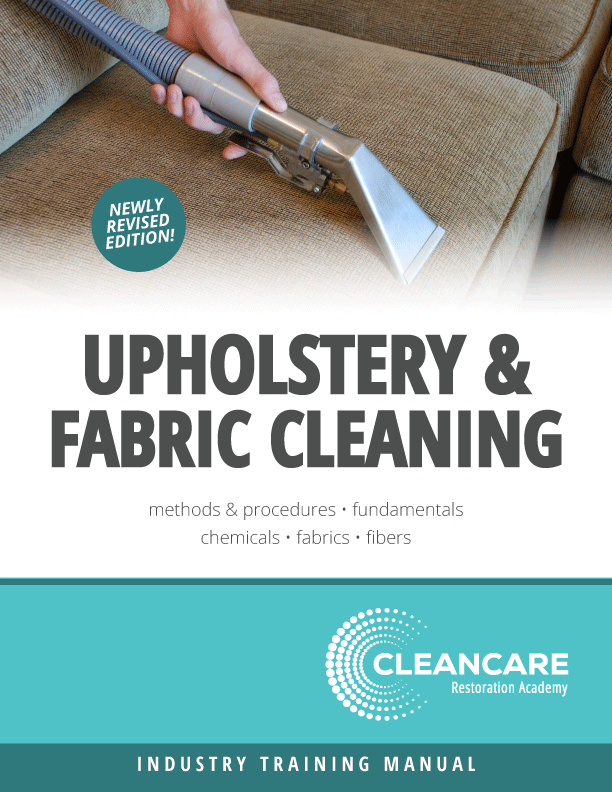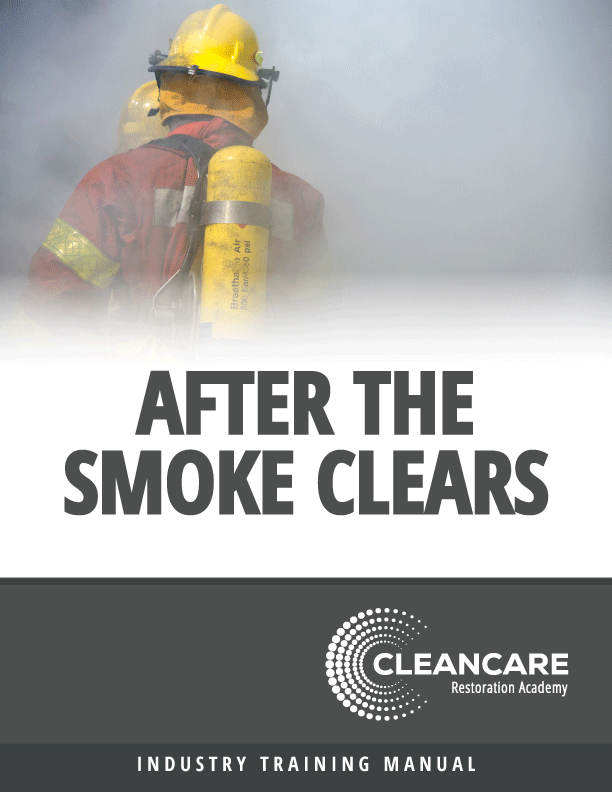How to Clean Textured or Fabric Wallpaper

Cleaning wallpaper is not as tricky as you might think. In fact, most of the time the wallpaper we encounter can actually be wet cleaned as long as you are careful. This, of course, depends on the severity of the smoke and soot residue you face.
There are a few things to consider when you have a wallpaper that is heavily textured or fabric that is different than your average flat wallpaper that may even have a plastic coat over the top of it.
- Does the wallpaper have prior damage? If yes, you may not be able to clean it properly thus it would need to be replaced.
- Is it easy to replace? You may try harder to save it if the homeowner cannot replace it.
- How bad was the fire? If there is a lot of soot, medium to heavy coverage, then you are probably facing replacement.
- Is it cost effective to clean it vs. replacing it?
To clean wallpaper with a dry method here are the steps you will want to take. First, HEPA vacuum the affected area. Start from the top and work your way down the area with long, even strokes. Never rub the vacuum over the wallpaper as you can damage it. Be sure that the pressure you are applying is even and not too firm. I do a 2-foot swath from side to side and then go top to bottom before moving on to the next section. This makes it easy to keep track of where you have already vacuumed.
Next, use a dry cleaning chemical sponge and repeat this process on the entire affected area that you just vacuumed. If the wallpaper is velvet or dark in color you may need to use several sponges in this step as the color will come off onto your sponge. Never scrub with the sponge in a back and forth motion. This can damage the wallpaper and makes the sponge ineffective. If necessary, you can go over the area a second time with a chemical sponge until no more soot comes off.
If the wallpaper can withstand a wet cleaning, you can use a large sponge that is slightly dampened with a very mild degreaser to wash the affected area. It is very important that the sponge is not too wet as you can cause the wallpaper to lift if too much water is used.
It is especially important to use a sponge if your wallpaper is textured so you can clean effectively. Once again, you want to clean the area using long, even strokes with gentle pressure.
It is a good idea to test a small area to see if any color begins to bleed and if so, stop right away. The wallpaper will need to be replaced. Always start with the least invasive method to begin with and get more aggressive if needed.
After all the residue is removed, setup a hydroxyl generator to remove any odor that still remains if necessary. This can take anywhere from 24 to 48 hours usually to remove all odor depending on the degree of the fire.
Cleaning wallpaper does cost more as the processes are much more labor intensive than plain wall coverings are to clean. Xactimate has special pricing for these additional cleaning methods necessary for wallpaper cleaning.
Looking for a reprint of this article?
From high-res PDFs to custom plaques, order your copy today!




.jpg?height=200&t=1673055764&width=200)




